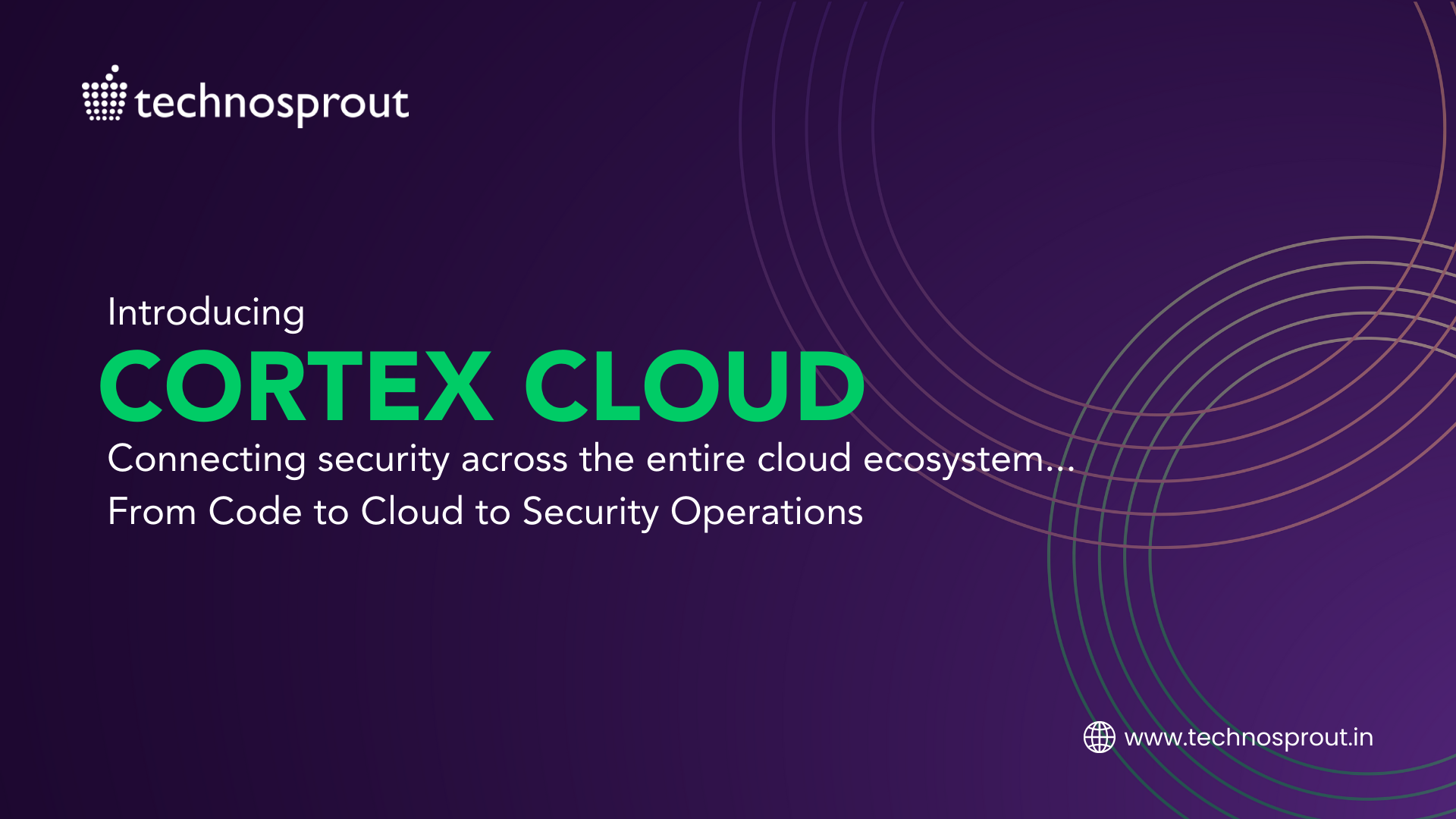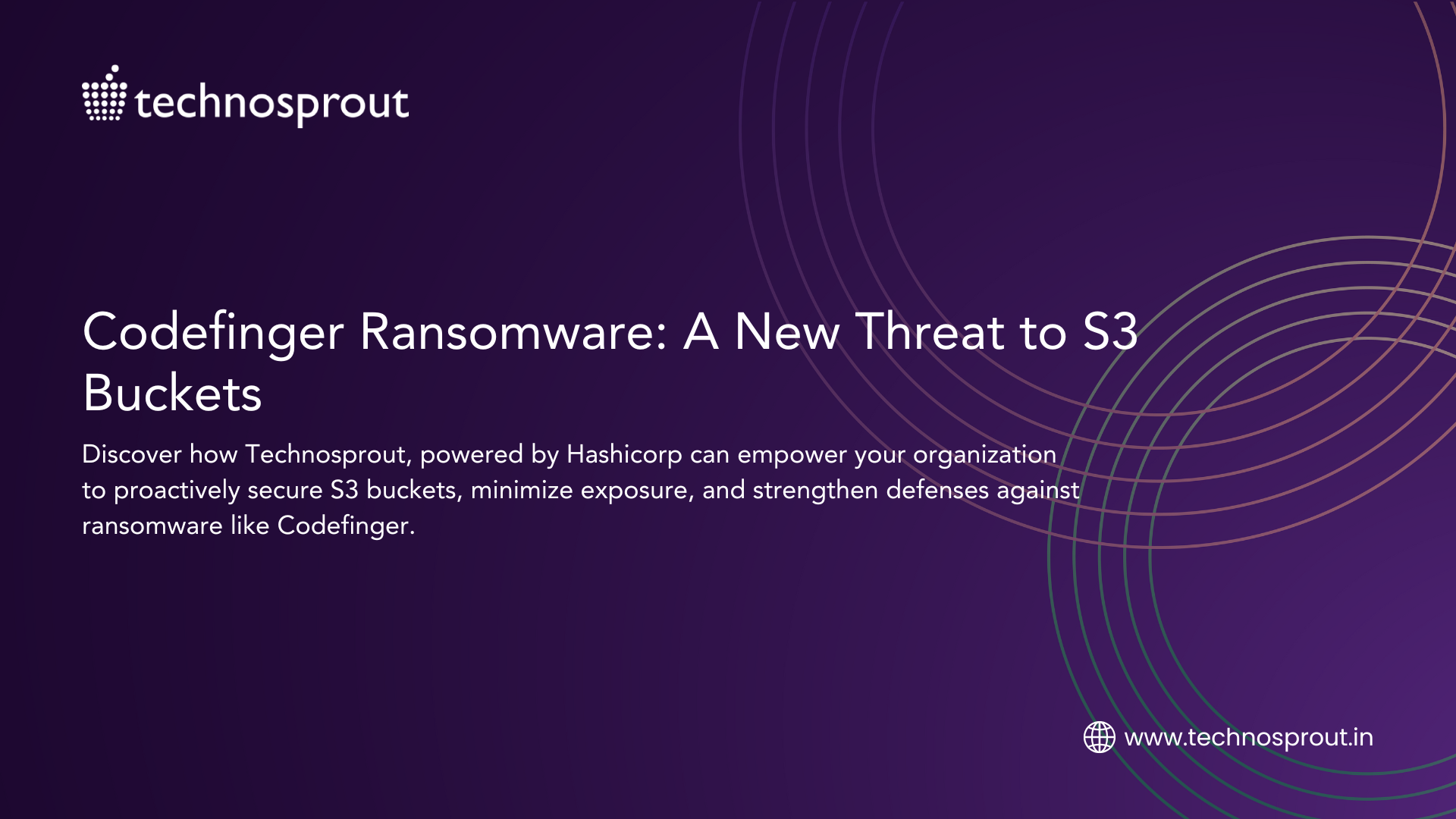Containers are a dominant force in cloud-native development, so understanding what they are and how they differ from VMs is crucial. While both containers and VMs have unique characteristics, they share the benefit of improving IT efficiency, making applications more portable, and enhancing DevOps practices throughout the software development lifecycle.
In this blog lets us understand:-
- How virtualization works?
- What are Virtual Machines?
- What are Containers?
- Containers vs. VMs: What’s the Difference?
- Why Choose Containers?
- Challenges of Container Management in Multicloud Environments
- How can Technosprout Help you with Container Security?
How virtualization works?
Virtualization is a method that uses software to create an abstraction layer over computer hardware. This abstraction layer allows a single physical computer’s hardware elements to be divided into multiple virtual machines.
The software used for virtualization is called a hypervisor. It’s a small layer that allows for multiple operating systems to run side-by-side on the same physical computing resources. When a hypervisor is used on a physical computer (also known as a bare-metal server) in a data center, it separates the physical machine’s operating system and applications from its hardware. Then, it can subdivide the physical machine into several independent “virtual machines.”
What are Virtual Machines?
Virtual machines (VMs) are a technology used to construct virtualized computing environments. VMs have been around for a long time and are considered the foundation of first-generation cloud computing.
In essence, a virtual machine is an emulation of a physical computer. VMs allow teams to run what appear to be multiple machines, each with its own operating system, on a single physical computer. VMs interact with physical computers using lightweight software layers called hypervisors. Hypervisors can isolate VMs from each other and allocate processors, memory, and storage among them.
VMs are also referred to as virtual servers, virtual server instances, and virtual private servers.
What are Containers?
Containers are a lighter-weight, more agile approach to virtualization. Because they don’t rely on a hypervisor, containers offer faster resource provisioning and quicker deployment of new applications.
Instead of creating an entire virtual machine, containerization packages together everything required to run a single application or microservice (along with the runtime libraries they need to function). The container includes all the code, its dependencies, and even the operating system itself. This permits applications to run nearly anywhere, on a desktop computer, a traditional IT infrastructure, or in the cloud.
Containers leverage a form of operating system (OS) virtualization. Essentially, they use features of the host operating system to isolate processes and control their access to CPUs, memory, and storage space.
Containers have been around for decades. However, the common belief is that the modern container era began in 2013 with the introduction of Docker, an open-source platform designed for building, deploying, and managing containerized applications.
Containers Vs. VMs: What’s the Difference?
In traditional virtualization, a hypervisor virtualizes physical hardware. As a result, each virtual machine houses a guest OS, a virtual replica of the hardware the OS needs to run, and an application with its associated libraries and dependencies. VMs with different operating systems can be run on the same physical server. For instance, a VMware VM can run alongside a Linux VM, which can run next to a Microsoft VM, and so on.
Containers, on the other hand, virtualize the operating system (typically Linux or Windows) instead of the underlying hardware. Therefore, each individual container only contains the application and its libraries and dependencies. Containers are small, fast, and portable because, unlike VMs, they don’t need to include a guest OS in every instance and can instead simply leverage the features and resources of the host OS.
Similar to virtual machines, containers allow developers to improve CPU and memory utilization of physical machines. However, containers go a step further by enabling microservice architectures, where application components can be deployed and scaled more precisely. This is a compelling alternative to having to scale up an entire monolithic application because a single component is struggling with load.
Why Choose Containers?
While VMs are still useful for many reasons, containers offer a level of flexibility and portability that’s ideal for the multi cloud environment. When developers create new applications, they might not know all the places the application will need to be deployed.
Today, an organization might run the application on its private cloud, but tomorrow it might need to deploy it on a public cloud from a different provider. Containerizing applications provides teams with the flexibility they need to navigate the many software environments of modern IT.
Containers are also perfect for automation and DevOps pipelines, including continuous integration and continuous deployment (CI/CD) implementation.

Challenges of Container Management in Multi Cloud Environments
Even though containers offer many advantages and are the preferred choice for numerous use cases, managing them in multi cloud environments presents certain challenges. Large enterprise applications can consist of a vast number of containers, making container management a complex task for teams. Here are some key questions to consider:
- Visibility: How can you maintain clear visibility into what containers are running and where they are deployed across the multi cloud environment?
- Security and Compliance: How can you effectively address critical issues like security and compliance in a multi cloud setting with containerized applications?
- Consistency: How can you ensure consistent management of your applications across the various cloud platforms in your multi cloud environment?
How can Technosprout Help you with Container Security?
We recognize the significance of container security and provide top-tier containerization and managed security services. Our cutting-edge technology stack ensures proactive deployment with built-in monitoring and enterprise-grade security. Backed by a dedicated team of 2000 experts available round-the-clock, we prioritize risk mitigation and performance optimization. Our services include end-to-end security for microservices containers and host systems, integrating cutting-edge security tools, continuous monitoring, container scanning, and CI/CD pipeline solutions. Additionally, we also conduct comprehensive security audits, vulnerability assessments, and compliance checks, along with efficient risk and incident management, data modernization, DevOps, security, disaster recovery (DR), and much more.
Is your container infrastructure secure enough? Don’t know? We can find out.





